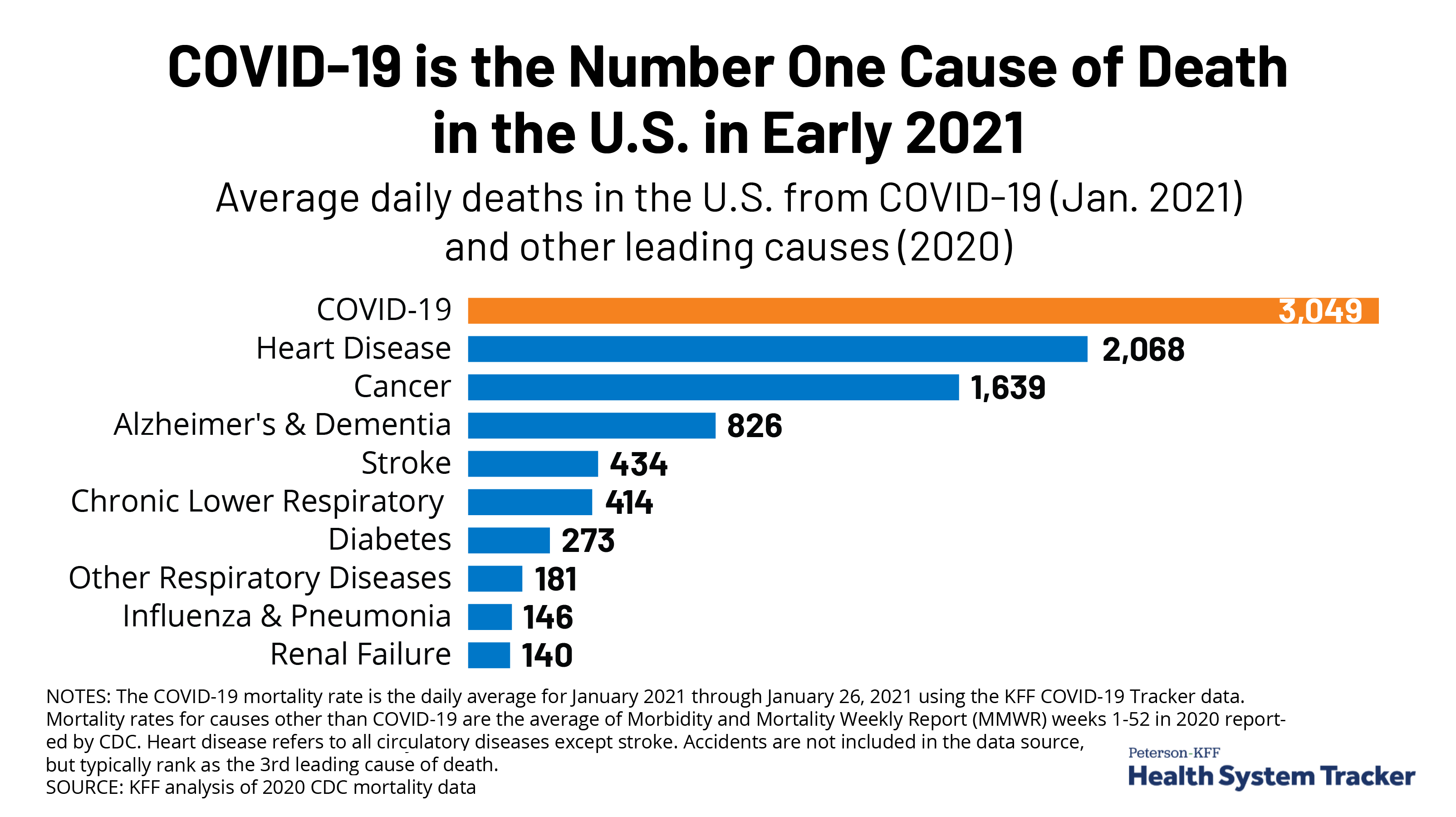


In addition, Schleiss said the SARS virus didn’t have the “fitness to persist in the human population,” which eventually led to its demise. Though the SARS death rate was higher than COVID-19, COVID-19 has already claimed more lives.Īccording to Johnson, contact tracing - or monitoring people in close contact with those who contracted it - was really effective with SARS, largely because symptoms were severe and therefore easier to identify and contain. SARS is another type of coronavirus that came out of China and spread quickly through respiratory droplets.


End of pandemic: summer 1919 mostly due to deaths and higher immunity levels.Treatments available: none antibiotics or antivirals did not yet exist.Most affected groups: otherwise healthy adults ages 20 to 40.Transmission: spread through respiratory droplets.Global deaths: over 50 million (675,000 in the United States) the death rate was around 2 percent.Key symptoms: fever, nausea, aches, diarrhea.People were also living in very crowded conditions and had extremely poor hygiene - this helped the disease build and build, according to Johnson. Life was also very different back then - for one, we were in the middle of a war and soldiers carried the virus with them all over the world. Mark Schleiss, a pediatric infectious disease specialist with the University of Minnesota.īack then, scientists didn’t know viruses caused disease, and we didn’t yet have a vaccine or antivirals to help prevent or treat influenza, nor did we have antibiotics to treat secondary bacterial infections. “The 1918 pandemic strain of influenza was new and novel for most people under the age of 40 or 50, but that’s where the death rate really was high - that’s different than the usual flu,” said Dr. The 1918 Spanish flu epidemic was the deadliest flu season we know of, infecting about one-third of the world’s population. Here, we’ll take a look at how COVID-19 stacks up to other major outbreaks so far: Christine Kreuder Johnson, a UC Davis professor of epidemiology and ecosystem health and researcher on USAID’s Emerging Pandemic Threats PREDICT project. The death rate isn’t the only determining factor regarding how devastating and deadly a pandemic will be, according to Dr. Then came other threatening viruses that appeared out of nowhere: severe acute respiratory syndrome (SARS), the H1N1 influenza in 2009, and Ebola.Įventually, we got a handle on all of them.īut the fallout of each disease largely depends on other circumstances - when we catch it, how contagious and fatal it is, how hygienic people are, and how quickly a vaccine or cure becomes available. There was the 1918 influenza, for example, that infected nearly a third of the world’s population before it fizzled out. With new cases of the new coronavirus disease, COVID-19, growing day by day, it’s natural to compare the new disease to other outbreaks in recent history. The fallout of each disease largely depends on other circumstances - when we catch it, how contagious and fatal it is, how hygienic people are, and how quickly a vaccine or cure becomes available.Each major outbreak is different though, and experts have a hard time predicting how they will end.SARS, the 1918 flu pandemic, and Ebola have all helped public health officials prepare for major outbreaks.Share on Pinterest The 1918 flu pandemic led to hundreds of thousands of deaths in the U.S.


 0 kommentar(er)
0 kommentar(er)
